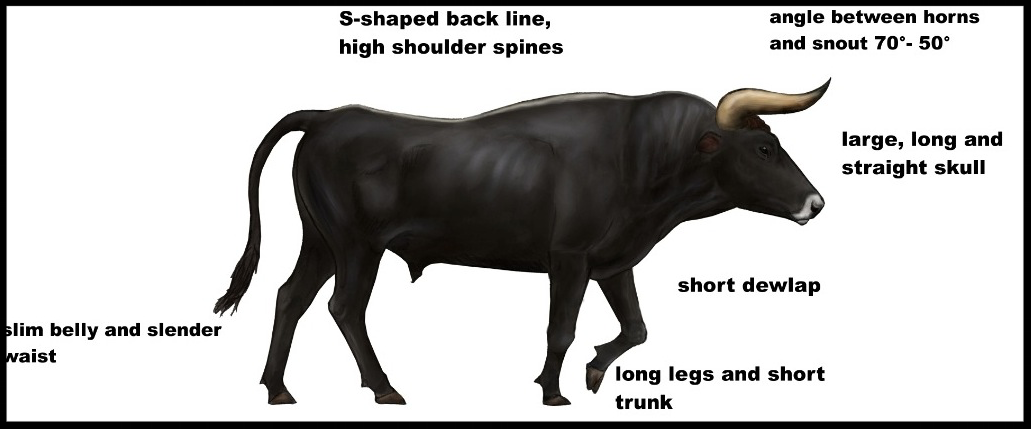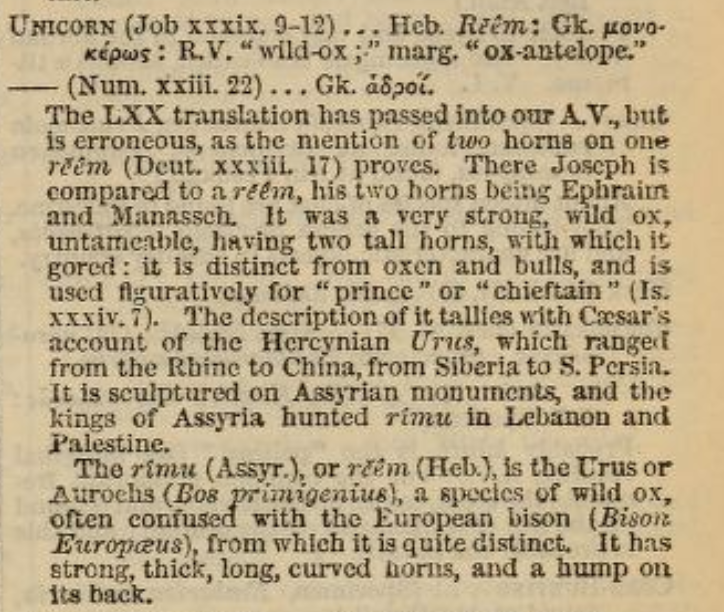This is the FIRST of two posts For the page of Talmud to be studied this Shabbat.
On this page of Talmud we read in a Mishna that ten lines of lineage left Babylon and went “up” to Israel with Ezra, around 450 BCE.
עֲשָׂרָה יוּחֲסִים עָלוּ מִבָּבֶל: כָּהֲנֵי, לְוִיֵּי, יִשְׂרְאֵלִי, חֲלָלֵי, גֵּירֵי, וַחֲרוֹרֵי, מַמְזֵירֵי, נְתִינֵי, שְׁתוּקֵי, וַאֲסוּפֵי.
MISHNA: There were ten categories of lineage, with varying restrictions on marriage, among the Jews who ascended from Babylonia to Eretz Yisrael with Ezra before the building of the Second Temple. They are as follows: Priests; Levites; Israelites; priests disqualified due to flawed lineage [ḥalalim]; converts, and emancipated slaves; mamzerim; Gibeonites, i.e., the descendants of the Gibeonites who converted in the time of Joshua; children of unknown paternity [shetuki]; and foundlings.
The Talmud wonders about the opening phrase of the Mishna:
גְּמָ׳ עֲשָׂרָה יוּחֲסִין עָלוּ מִבָּבֶל: מַאי אִירְיָא דְּתָנֵי ״עָלוּ מִבָּבֶל״? נִיתְנֵי ״הָלְכוּ לְאֶרֶץ יִשְׂרָאֵל״! מִילְּתָא אַגַּב אוֹרְחֵיהּ קָא מַשְׁמַע לַן, כִּדְתַנְיָא: ״וְקַמְתָּ וְעָלִיתָ אֶל הַמָּקוֹם אֲשֶׁר יִבְחַר ה׳ אֱלֹהֶיךָ״, מְלַמֵּד שֶׁבֵּית הַמִּקְדָּשׁ גָּבוֹהַּ מִכל אֶרֶץ יִשְׂרָאֵל, וְאֶרֶץ יִשְׂרָאֵל גְּבוֹהָה מִכל הָאֲרָצוֹת.
Why does the Mishna specifically use the phrase “ascended from Babylonia”? Why was it important for the tanna to specify their place of origin? Let him teach that they went to Eretz Yisrael. The Gemara answers: It teaches us a matter in passing, as it is taught in a baraita: The verse states: “And you shall arise and go up to the place that the Lord, your God, shall choose” (Deuteronomy 17:8). This teaches that the Temple is higher than all of Eretz Yisrael, which is why the verse speaks of ascending from the cities of Eretz Yisrael to the Temple. And it teaches that Eretz Yisrael is higher than all of the lands.
This passage is unequivocal in its meaning: Jerusalem - that is, the Temple Mount - is the highest place in Israel, and Israel itself is the highest place on earth. Now you don't need me to tell you that this is not a true statement. But I will anyway. It's not true. When I lived in Efrat it would often snow there while in Jerusalem, a mere twenty minutes away, there would be no snow. Why? Because Efrat is at a higher elevation than is Jerusalem. And if you have looked out from the Bet Midrash of the Hebrew University's Mount Scopus campus you will look down on the Temple Mount some three hundred feet below. The Talmud teaches the same idea in at least two other places:
זבחים נד, ב
דרש רבא מאי דכתיב (שמואל א יט, יח) "וילך דוד ושמואל וישבו בנויות ברמה" וכי מה ענין נויות אצל רמה? אלא שהיו יושבין ברמה ועוסקין בנויו של עולם אמרי כתיב (דברים יז, ח) וקמת ועלית אל המקום מלמד שבית המקדש גבוה מכל ארץ ישראל וארץ ישראל גבוהה מכל ארצות
Rava taught: What is the meaning of that which is written concerning David: “And he and Samuel went and dwelt in Naioth. And it was told Saul, saying: Behold, David is at Naioth in Ramah” (I Samuel 19:18–19)? But what does Naioth have to do with Ramah? They are in two distinct places. Rather, this means that they were sitting in Ramah and were involved in discussing the beauty [benoyo] of the world, i.e., the Temple. David and Samuel said: It is written: “Then you shall arise, and get you up unto the place which the Lord your God shall choose” (Deuteronomy 17:8). This teaches that the Temple is higher than all places in Eretz Yisrael. And Eretz Yisrael is higher than all countries.
There is another passage in the Talmud that teaches the same point but uses some additional verses from the Book of Jeremiah to prove (as it were) that the Land of Israel is higher than all other places on earth. Here it is:
סנהדרין פז, א
ועלית מלמד שבית המקדש גבוה מא"י וא"י גבוה מכל הארצות אל המקום בשלמא בית המקדש גבוה מא"י דכתיב ועלית אלא א"י גבוה מכל הארצות מנא ליה דכתיב לכן הנה ימים באים נאם ה' (לא יאמר) חי ה' אשר העלה את בני ישראל מארץ מצרים כי אם חי ה' אשר העלה ואשר הביא את זרע בית ישראל מארץ צפונה ומכל הארצות אשר הדחתים שם וישבו על אדמתם
"And you shall go up" [Deut 17:8] This teaches that the Holy Temple is higher than all other places in Israel...And from where do we now that Israel is higher than all other lands? From the verses [Jeremiah 23: 7-8] "Therefore, behold the days come, saith the Lord, that they shall no more say, The Lord liveth, which brought up the children of Israel out of the land of Egypt,' But the Lord liveth, which brought up and which led the seed of the house of Israel out of the north country, and from all the countries whither I have driven them; and they shall dwell in their own land."
And Rashi points to yet another verse from the Book of Jeremiah (16:23) that teaches that Israel is the highest place on earth.
רשי, זבחים נד, ב
וארץ ישראל גבוהה מכל הארצות - לא מיבעיא לן הכא ולאו מהכא נפקא לן אלא מקרא אחרינא דכתיב (ירמיהו טז כג) לא יאמר עוד חי וגו' כי אם חי ה' אשר העלה ואשר הביא את בני ישראל מארץ צפון ומכל המקומות אשר הדחתים שם וגו
So it's not just a one-off statement. The Talmud in at least three places, and Rashi in a fourth, claim that Israel is the highest place on earth. But after a quick check in your reference book or internet search engine of choice you will see this is not correct. It's not even close. (I'm talking to you, Denver).
it's true; Google said so
Here are some other places, randomly chosen that are physically higher than Jerusalem.
| Location | Elevation (feet) |
|---|---|
| Jerusalem | 2,424 |
| Mount of Olives | 2,710 |
| Hebron | 3,051 |
| Efrat | 3,150 |
| Ben Nevis (UK) | 4,413 |
| Denver, Colorado | 5,280 |
| Johannesburg, South Africa | 5,751 |
| Mount Everest | 29,029 |
Maharsha to the Rescue?
The Maharsha, R. Shmuel Eidels (1555 – 1631) in his commentary to Kiddushin 69a suggests that since the Earth is a sphere, Israel and Jerusalem can be seen as if they were its "center."
מהרש"א חידושי אגדות מסכת קידושין דף סט עמוד א
שהעולם הוא כתפוח ומקום בהמ"ק הוא מרכז עולם וכן א"י ולכך אמרו בא"י כיון דהוא מקום הממוצע אוירו מזוג ומחכים ויותר מקום המקדש שע"כ היו שם בלשכת הגזית חכמי סנהדרין וק"ל
Perhaps the Maharsha means that the spherical earth spins on its axis and that is the highest point, just like you might see a model of the earth on a bookshelf that spins on an axis with the North Pole at the top. But that cannot be, because the axis of the rotation of the Earth does not pass through Israel. It passes through the North Pole.
No No. It is all metaphorical
The Talmud's claim is measurably incorrect, and several commentators suggest a metaphorical explanation. For example, the mystically inclined Maharal of Prague, Rabbi Yeduah Loew, wrote that Jerusalem is, spiritually speaking, the highest point on Earth (באר הגולה, הבאר הששי). Elsewhere, the Maharal suggests that just as water flows from the peaks of mountains down into valleys, it is Torah teachings that flow down from the spiritual capital Jerusalem to water the rest of the world. Perhaps it is this that gives Israel and its capital a shot at the claim of being the most spiritually elevated. But it's a claim that is contingent on the behavior of all those who live there. And this week, having witnessed remarkable displays of kindness in the face of evil, I think the that the rabbis were on to something. Israel, and her inhabitants, indeed demonstrate a unity and compassion for one another that is something to look up to, and admire.
אמר ר' יוסי: מבקש אתה לראות פני השכינה בעולם הזה? עסוק בתורה בארץ ישראל"
(מדרש תהלים, תחילת פרק ק"ה)
Rav Yosi said: Do you desire to see the face of the Divine in this world?
Then study Torah in the Land of Israel.
[ Want more on this topic? Then try this nice essay from Dr Nissin Elikim in Hebrew.]











